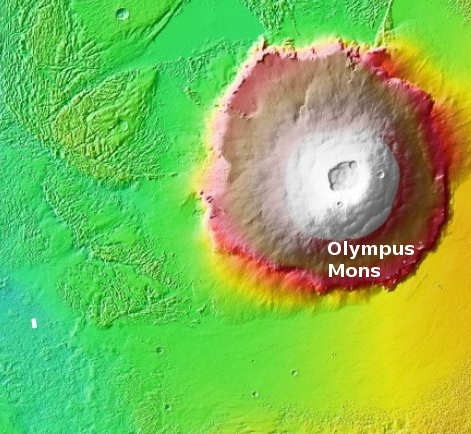NASA issues request for commercially-built spacesuits for its Artemis program
Capitalism in space: After more than a decade of delays in building its own in-house next generation spacesuits, NASA this week issued a request for proposals from the commercial space industry for new spacesuits for its Artemis program.
Bidders can use the technology NASA developed for [its unfinished upgraded spacesuits] in its proposals, or they can use their own designs, the document states. The suits must be able to meet a variety of requirements, including up to six spacewalks on the lunar surface during initial Artemis Moon missions. They must also be made of materials such that less than 100 grams of lunar regolith is brought back into the “cabin environment” after each spacewalk on the Moon. NASA plans to award a contract by next April.
The plan is comparable to what NASA has been doing across the board now for the last three years, buy the product from the commercial sector in a fixed price contract. The company that builds the suits will retain ownership of the design, and can make money selling its use to others.
This policy approach continues the agency’s acceptance of almost all the recommendations put forth in my 2017 policy paper, Capitalism in Space, a free pdf download.
It also likely means NASA might finally get the spacesuits it needs for future lunar missions quickly and at a reasonable cost, something the agency itself has been unable to do.
Capitalism in space: After more than a decade of delays in building its own in-house next generation spacesuits, NASA this week issued a request for proposals from the commercial space industry for new spacesuits for its Artemis program.
Bidders can use the technology NASA developed for [its unfinished upgraded spacesuits] in its proposals, or they can use their own designs, the document states. The suits must be able to meet a variety of requirements, including up to six spacewalks on the lunar surface during initial Artemis Moon missions. They must also be made of materials such that less than 100 grams of lunar regolith is brought back into the “cabin environment” after each spacewalk on the Moon. NASA plans to award a contract by next April.
The plan is comparable to what NASA has been doing across the board now for the last three years, buy the product from the commercial sector in a fixed price contract. The company that builds the suits will retain ownership of the design, and can make money selling its use to others.
This policy approach continues the agency’s acceptance of almost all the recommendations put forth in my 2017 policy paper, Capitalism in Space, a free pdf download.
It also likely means NASA might finally get the spacesuits it needs for future lunar missions quickly and at a reasonable cost, something the agency itself has been unable to do.












